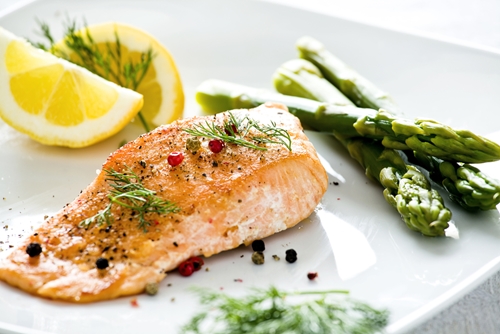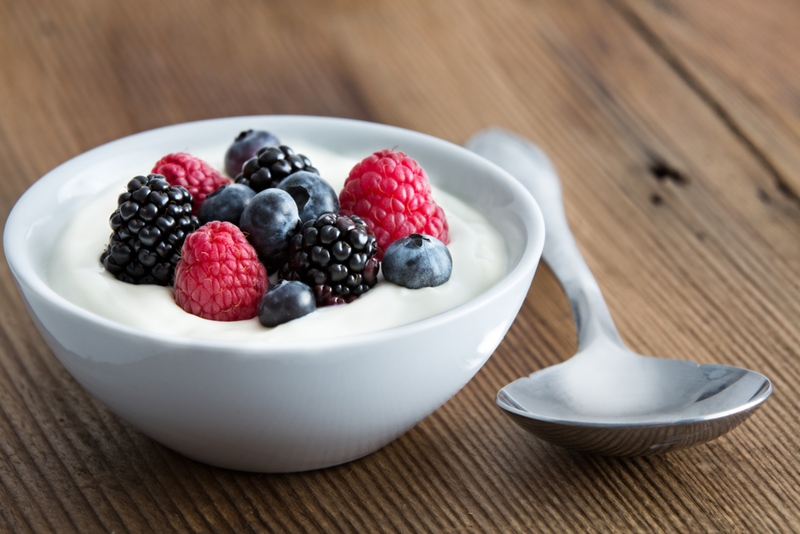
The Psychology Behind Eating Healthily
Eating healthily can feel like an uphill battle for so many reasons. Why fill your Onya reusable shopping bag with good ingredients when you can pick up a ready-made lasagna? two aisles down, smothered in sauce and cheese (and possibly cheesy sauce)?
The idea that choosing fresh produce over processed food shouldn’t be news to anyone – our concerned parents would tell us to eat our vegetables, sometimes adding on an old wives’ tale or two to sweeten the deal. But even though spinach won’t give you bulging biceps like Popeye overnight, and carrots won’t allow you to see in the dark like some sort of lemur, fruit and vegetables are a super power all of their own in that they work to support optimum bodily health.
We’ve learned how apples may be the key to keeping cancer at bay, and also how other things from blueberries to garlic and walnuts can be beneficial through our health food heroes posts.
But how can we make it easier to make the healthy choice?
Yes, you C.A.N.
Recently, the University of Cornell’s Food Lab has been looking into ways to make healthy eating easier for everyone. Now a new study has revealed that the habits of healthy eaters weren’t just driven by will power alone.
 Just because it’s healthy, doesn’t mean it can’t be pretty.
Just because it’s healthy, doesn’t mean it can’t be pretty.It turned out that respondents were inclined to eating healthily due to the fact that it seemed to be a seemingly “normal” thing to do.
They also had nearby restaurants and food stores which made good choices like fruit and veg visible and accessible, as well as produce being displayed attractively.
“A healthy diet can be as easy as making the healthiest choice the most convenient, attractive, and normal,” says author Dr Brian Wansink. Hence the convenient, attractive and normal (C.A.N.) ideology.
Superficial, but not artificial
The study involved testing how making healthy food an attractive choice could turn it from being a chore to being something enjoyable.
When fruit was positioned nice and handily – either next to people’s keys at home, or next to the cashier at a cafeteria – it becomes a lot easier to grab and go.
Does that make us lazy? Maybe, but if we can take advantage of that same lax behaviour to guide ourselves towards making good eating choices on a regular basis, it doesn’t seem like such a bad thing.
So next time you find yourself a little bit down about that jumbo size packet of chips you just scoffed catching up on My Kitchen Rules, just grab your Onya Weigh produce bag, and think C.A.N..
“With these three principles,” says Dr Wansink, “There are endless changes that can be made to lead people – including ourselves – to eat healthier.”


